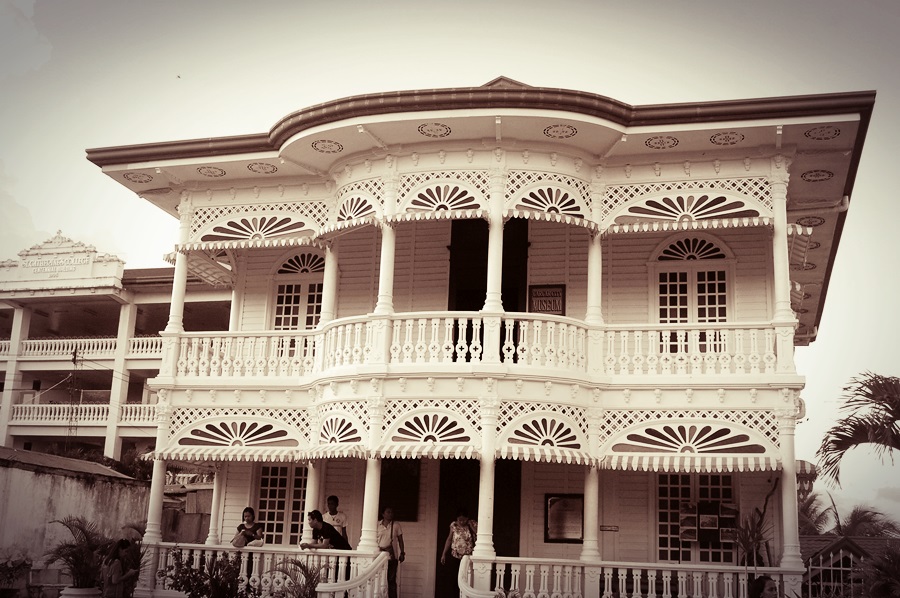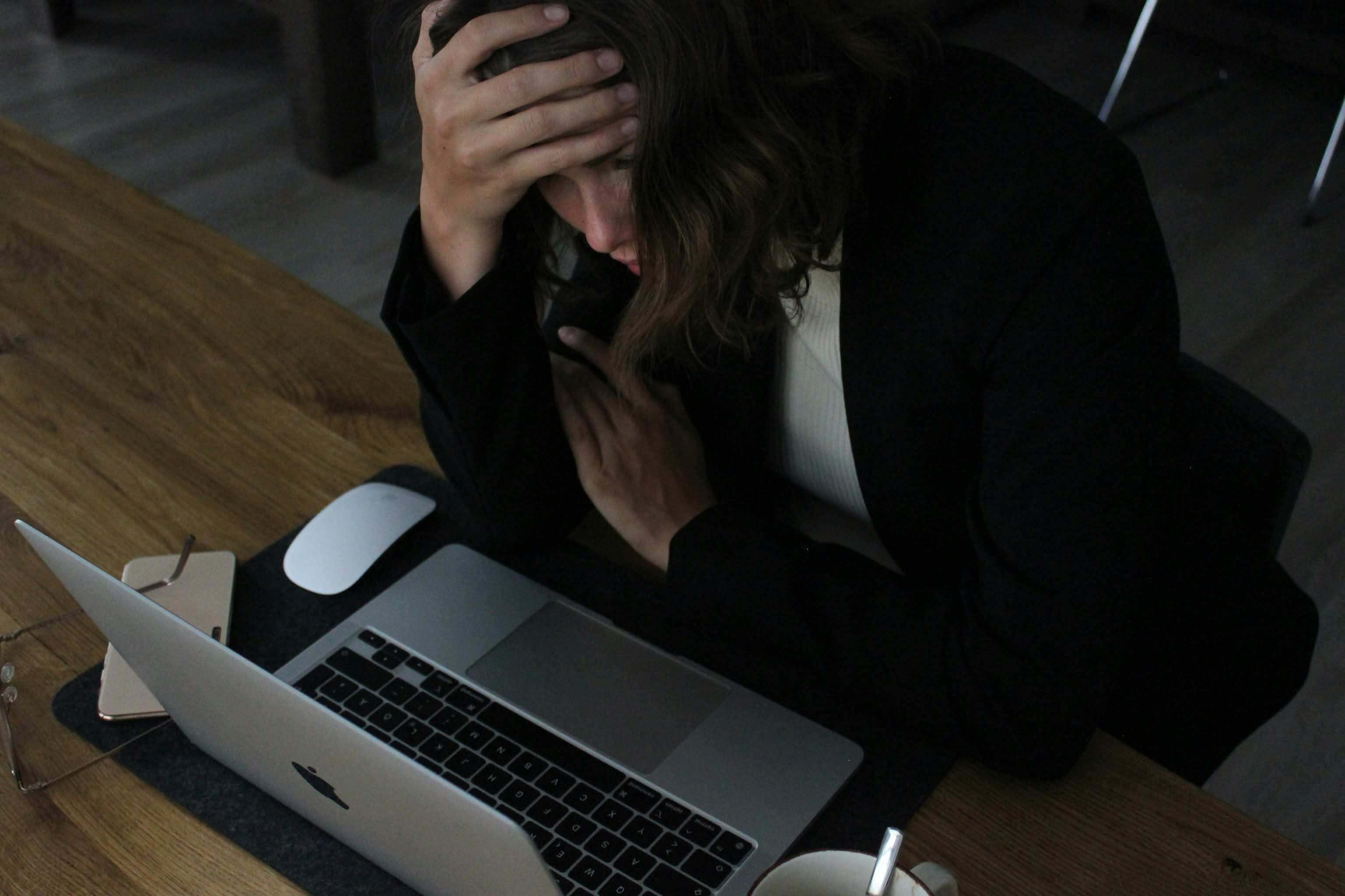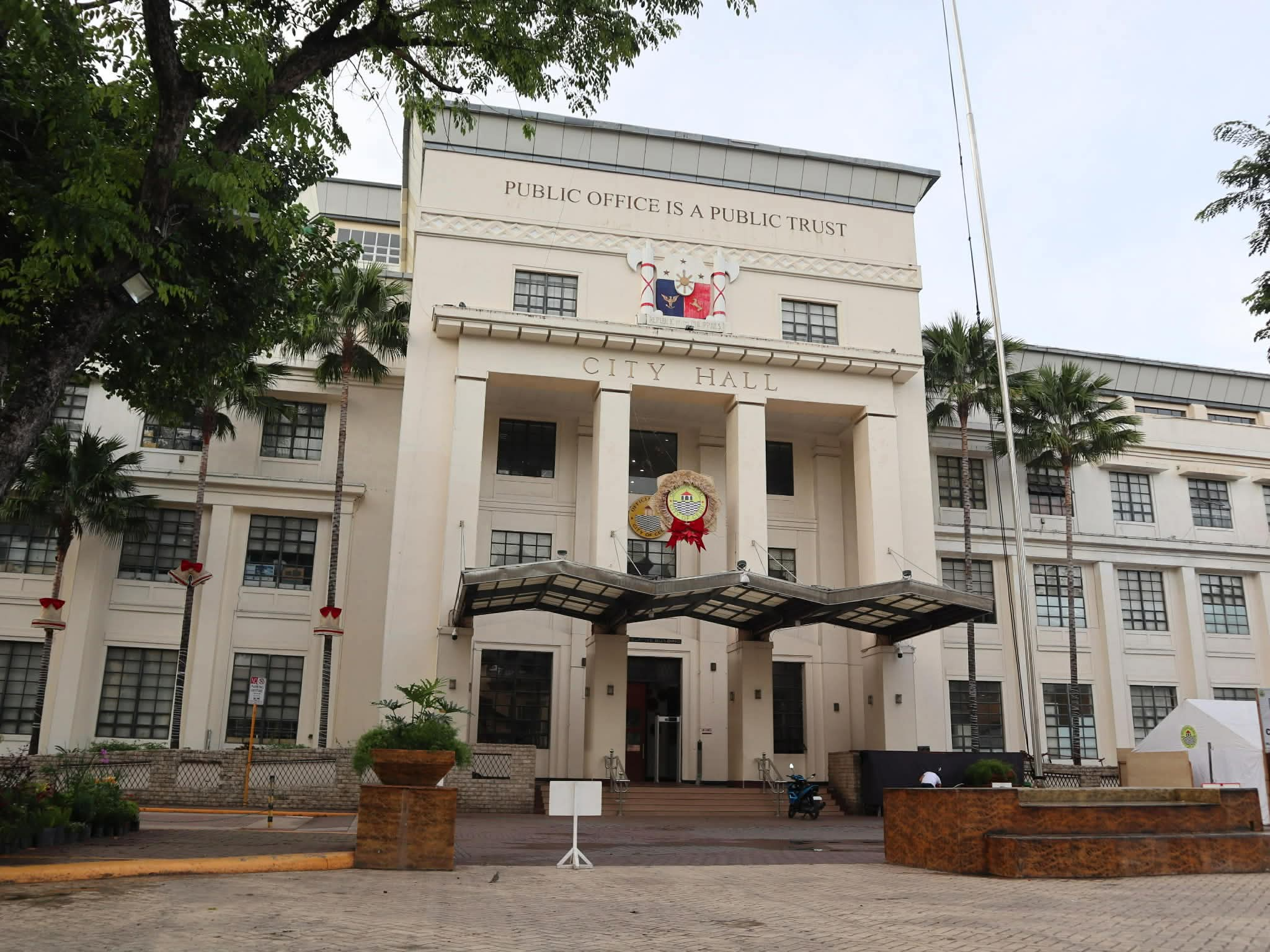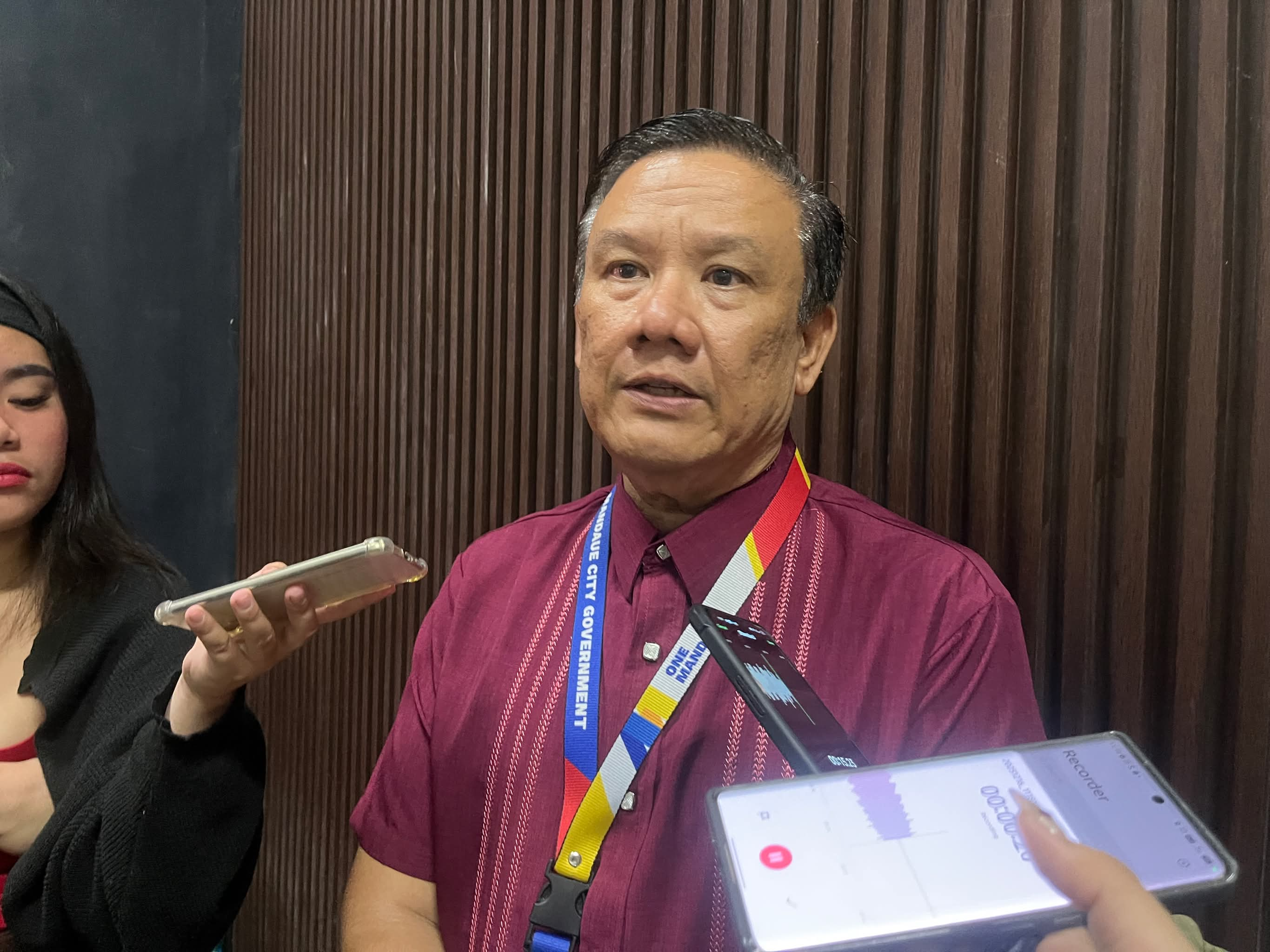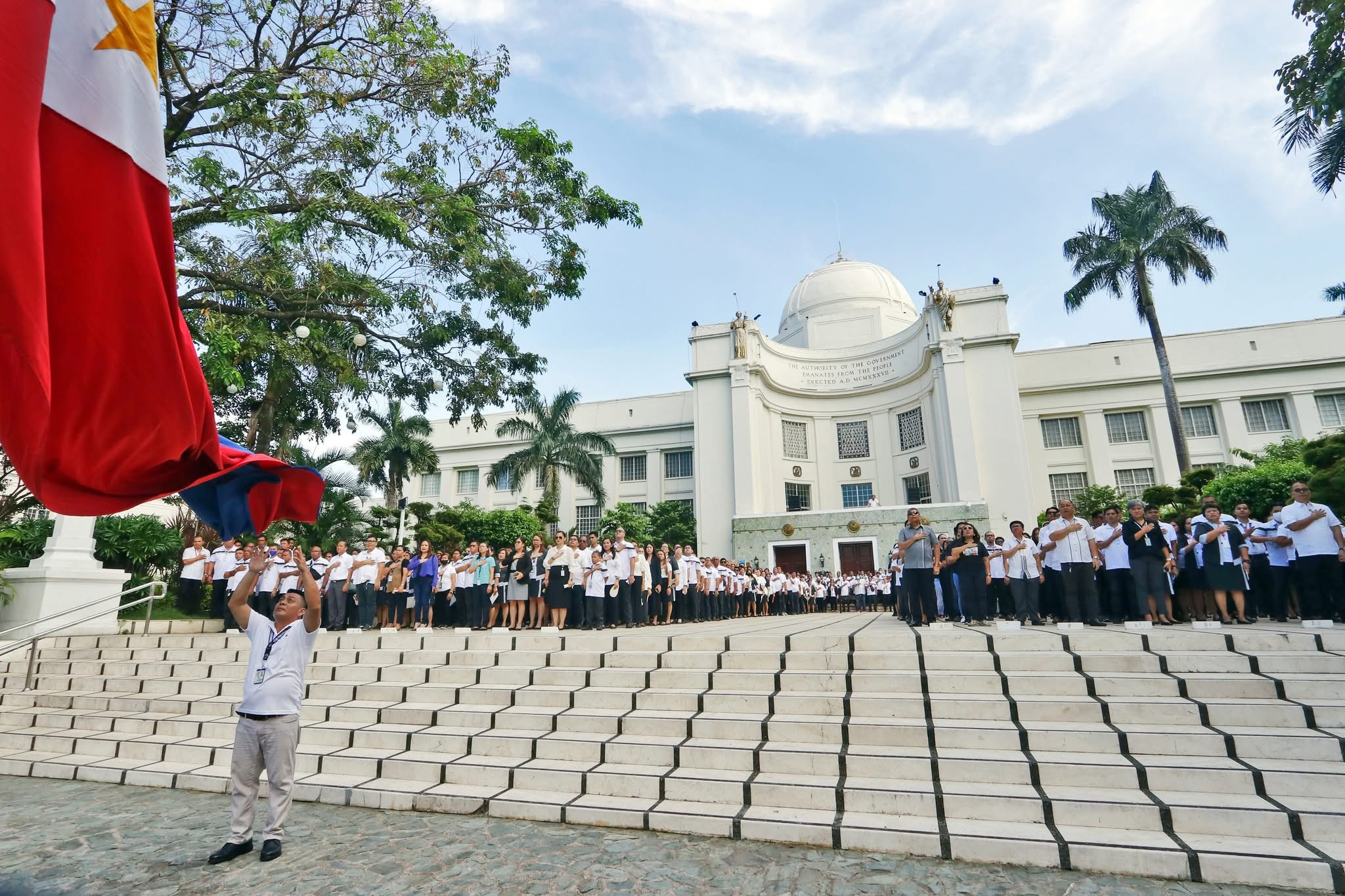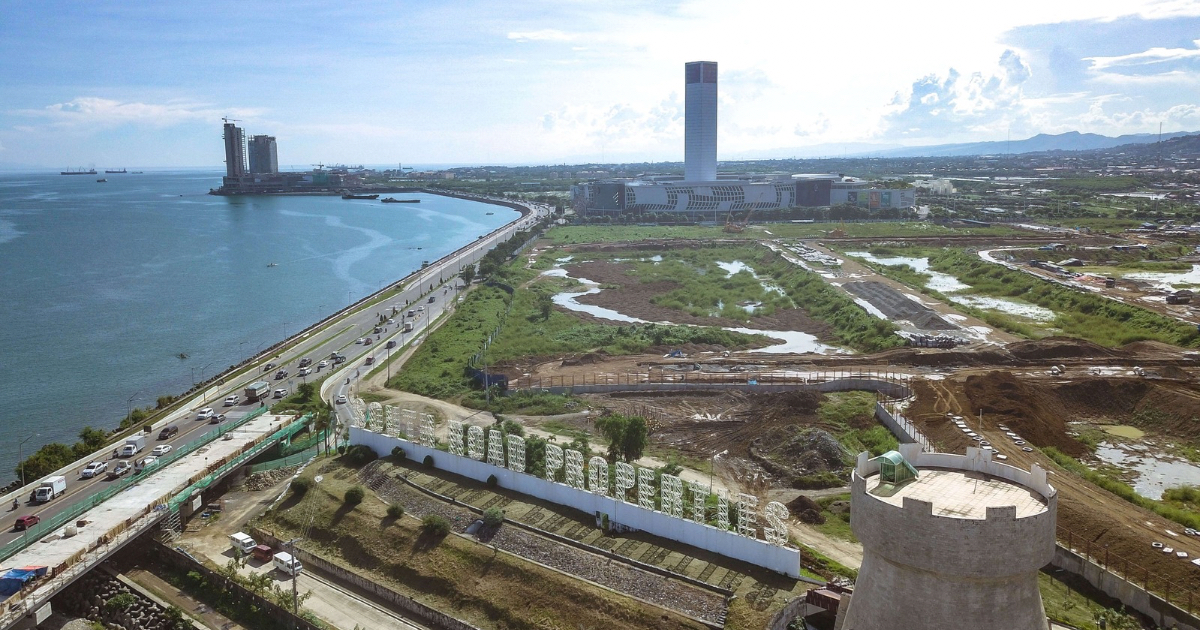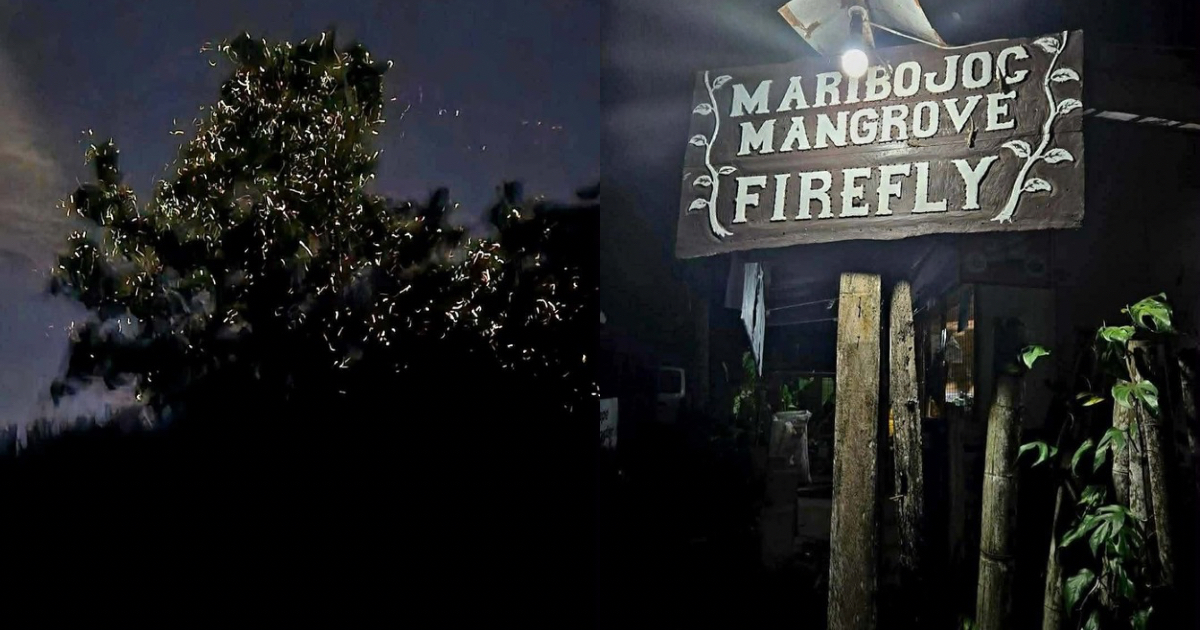The Visayas may be known for its beaches and beauty, but beneath the surface lies a chilling past — from cursed bridges to wartime mansions that still echo with screams. Discover the Top 10 scariest places in the Visayas.
Note: This feature does not intend to discredit any location or establishment mentioned. It aims to retell enduring ghost stories and urban legends from the places featured on this blog, preserving their cultural and historical value. (Proceed with caution.)
1. San Juanico Bridge (Leyte-Samar)
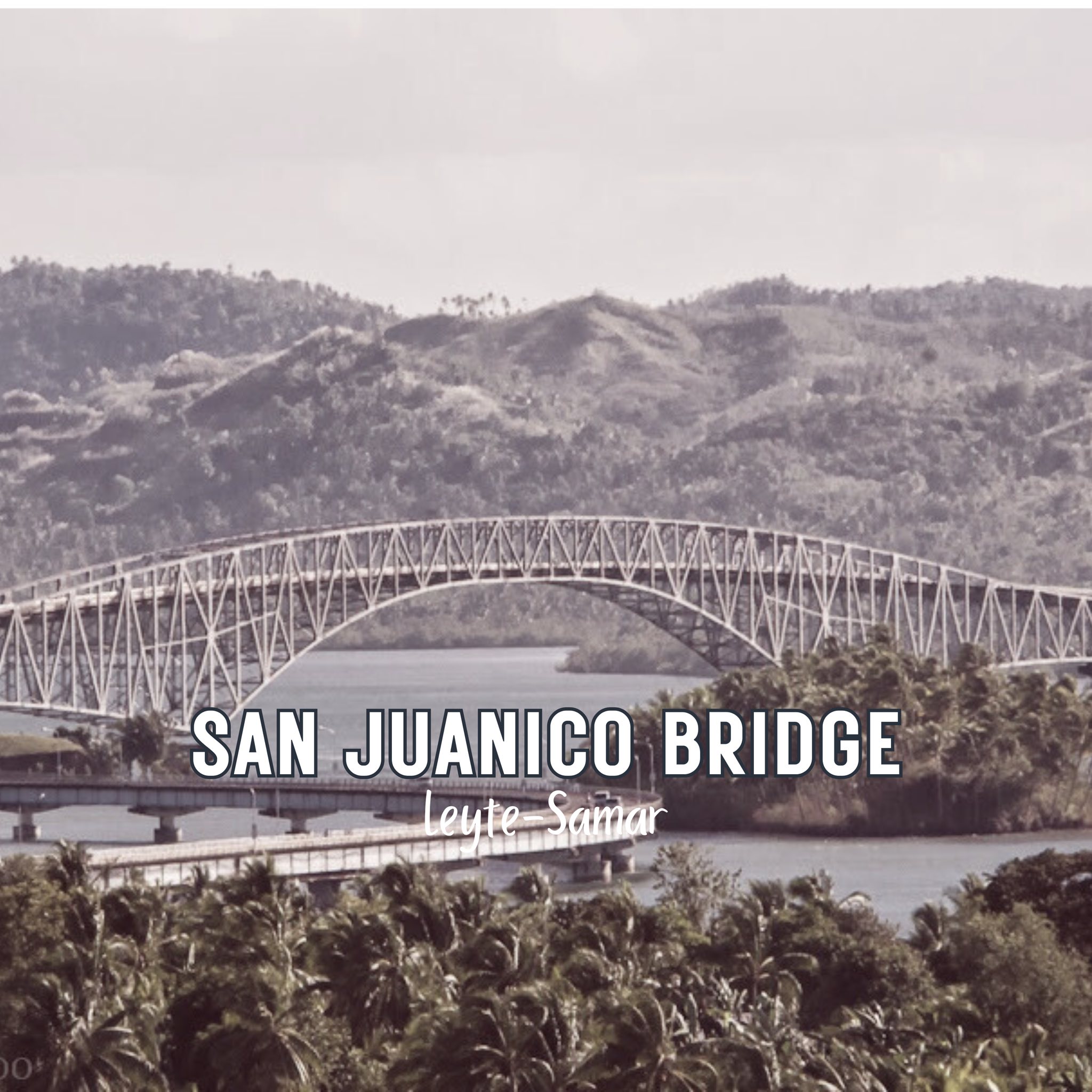
Constructed in 1973 under Ferdinand Marcos, this 2.16-km “Bridge of Love” hides a grim legend: workers allegedly mixed children’s blood into its foundations to appease spirits, ordered by a superstitious female overseer. The diwata (nature spirit) of the strait cursed her with foul-smelling scales, and today, phantom cries echo beneath the arches at night. Recent structural decay (2025 axle limits, ₱7B repairs) amplifies fears of instability and lingering curses.
2. Villalon Mansion (Cebu)
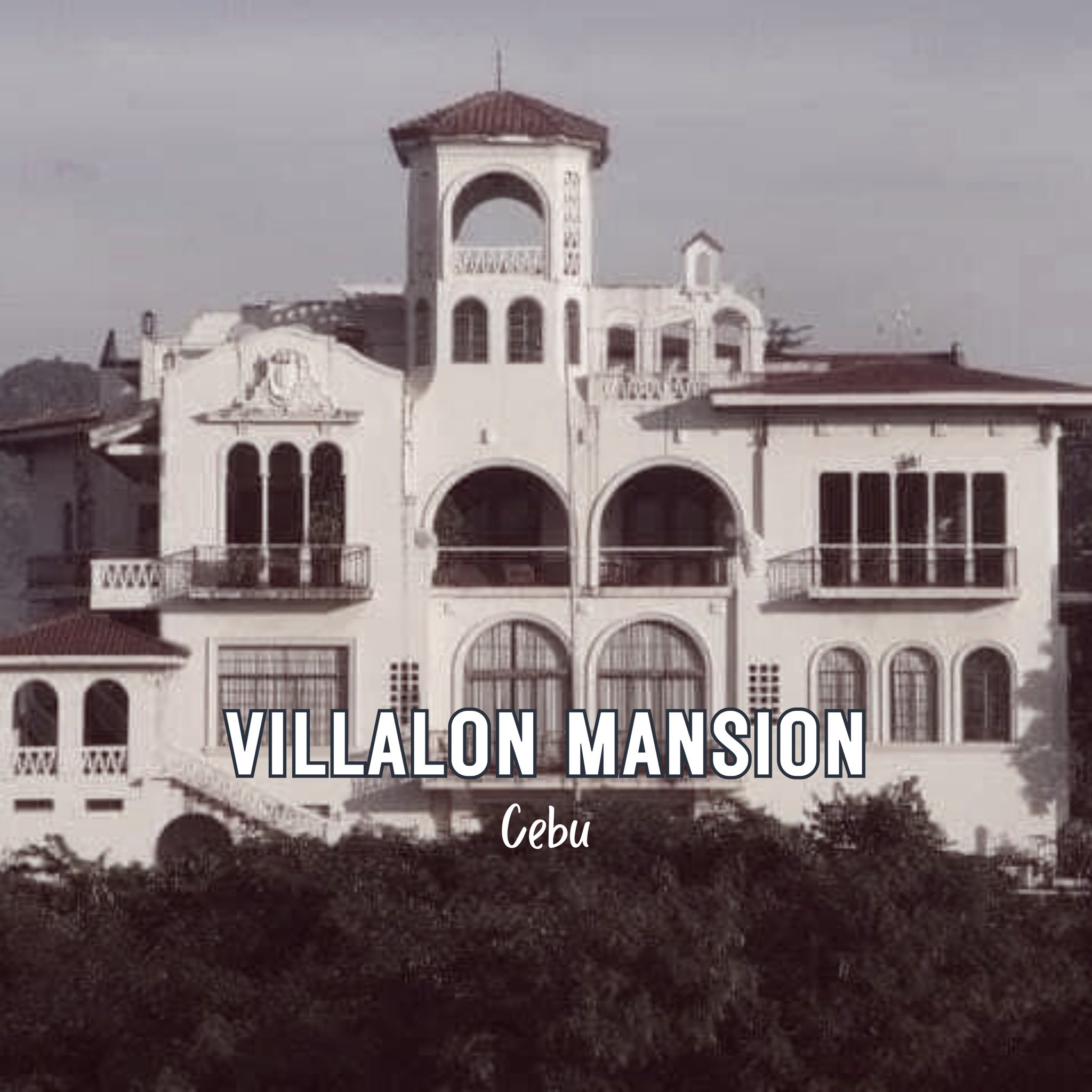
Built in the 1920s by a wealthy sugar baron, this opulent mansion was seized by Japanese forces during WWII and used as a torture chamber. Countless prisoners met gruesome ends in its basement, their blood said to permanently stain the tiles. Today, visitors report phantom screams, the ghost of a woman in a bloodied kimono drifting through halls, and an antique piano playing dissonant chords at midnight — even with its strings cut.
3. Fort San Pedro (Cebu)
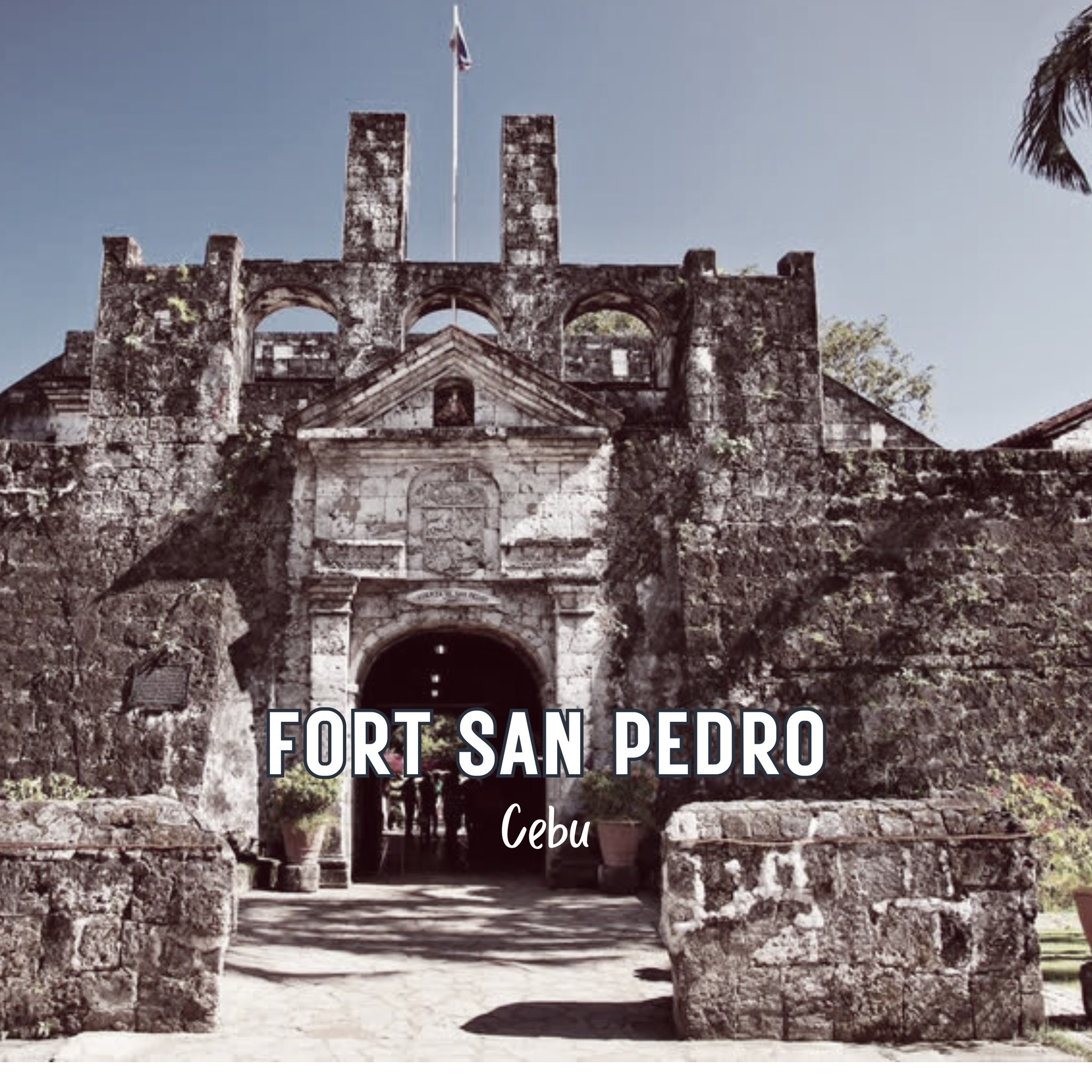
Built in 1565, this triangular Spanish fort witnessed centuries of violence—from repelling Moro pirates to Japanese occupation trenches in WWII. Soldiers report ghostly whispers in its corridors, and the dry well in the courtyard allegedly traps souls of executed prisoners. Shadow figures dart near the bastions, especially in the museum displaying torture artifacts.
4. Pook ng MV Eva Jocelyn Shrine (Leyte)
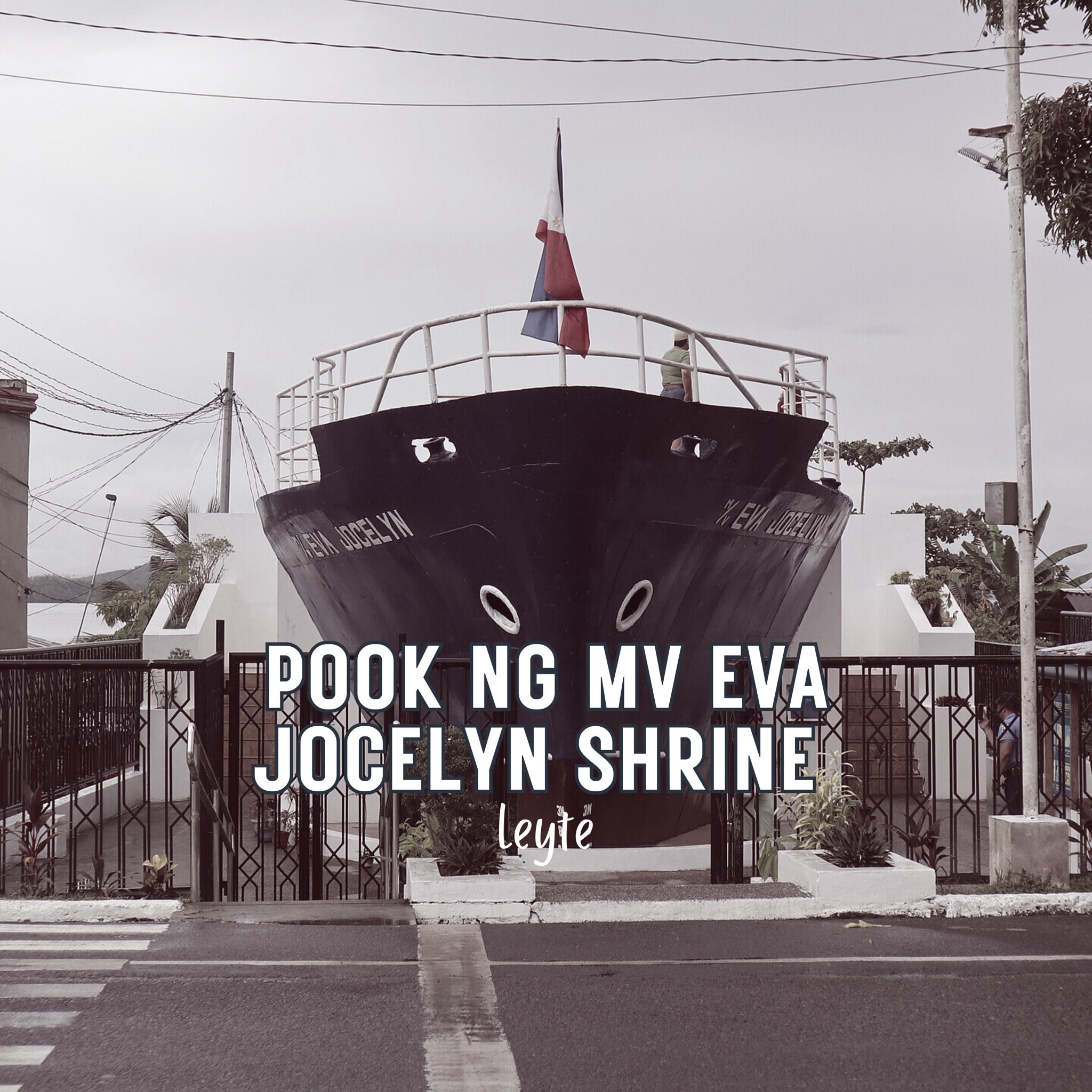
This ship was hurled ashore by Typhoon Yolanda (2013), crushing homes and killing hundreds in Barangay Anibong. Locals hear sobbing from the rusted hull at night, and ghostly figures of victims materialize in the surrounding “no-build zone.” The metallic groans of the wreck are said to echo during storms.
5. Casa Gorordo (Cebu)
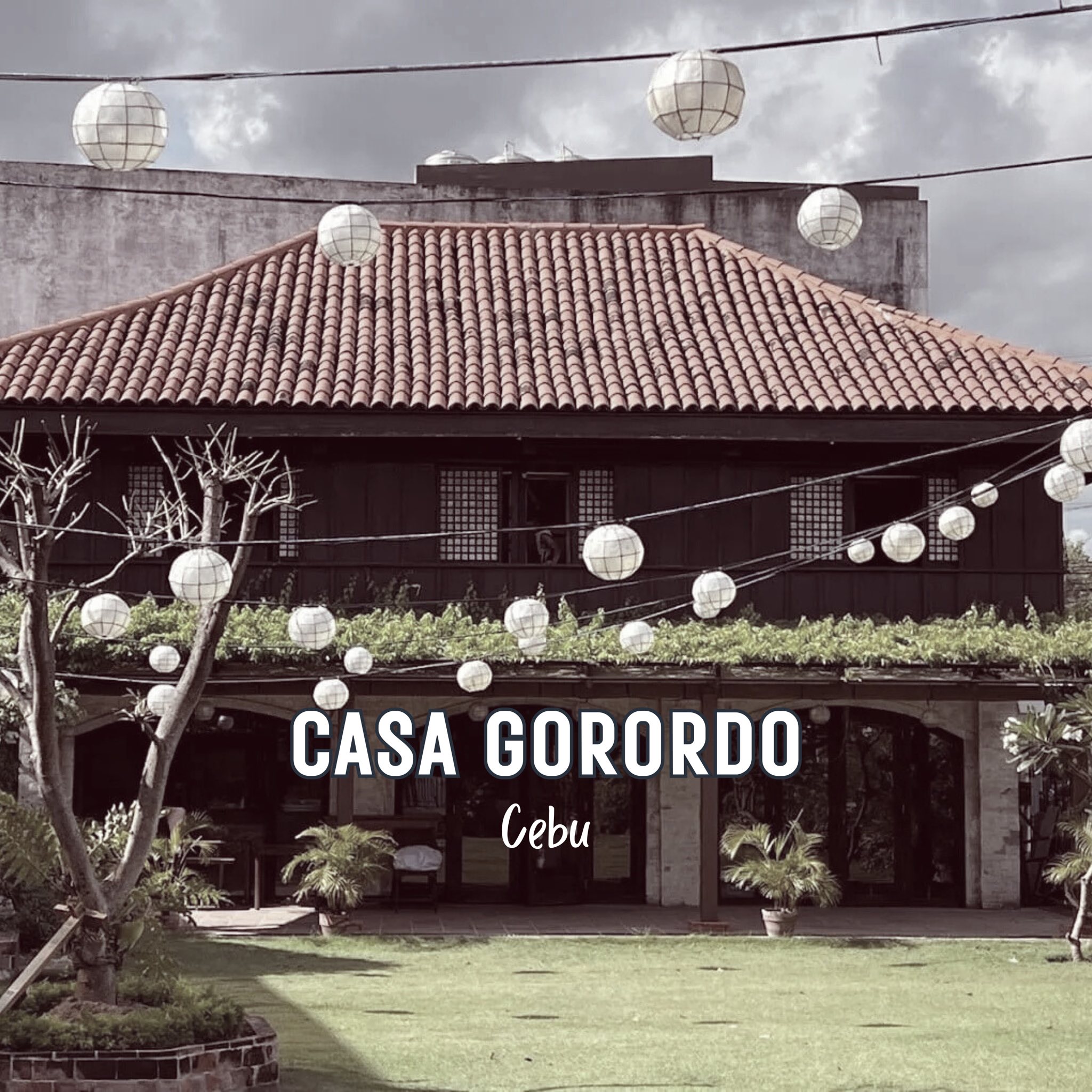
This 1850s balay nga tisa (tiled house) in historic Parian district hosted generations of the Gorordo family, including Cebu’s first bishop. Footsteps echo in empty rooms, and the scent of friar’s pipe tobacco lingers near the chapel. Staff report antique dolls turning their heads and a lady in a terno dress vanishing through walls.
6. Hinagdanan Cave (Bohol)
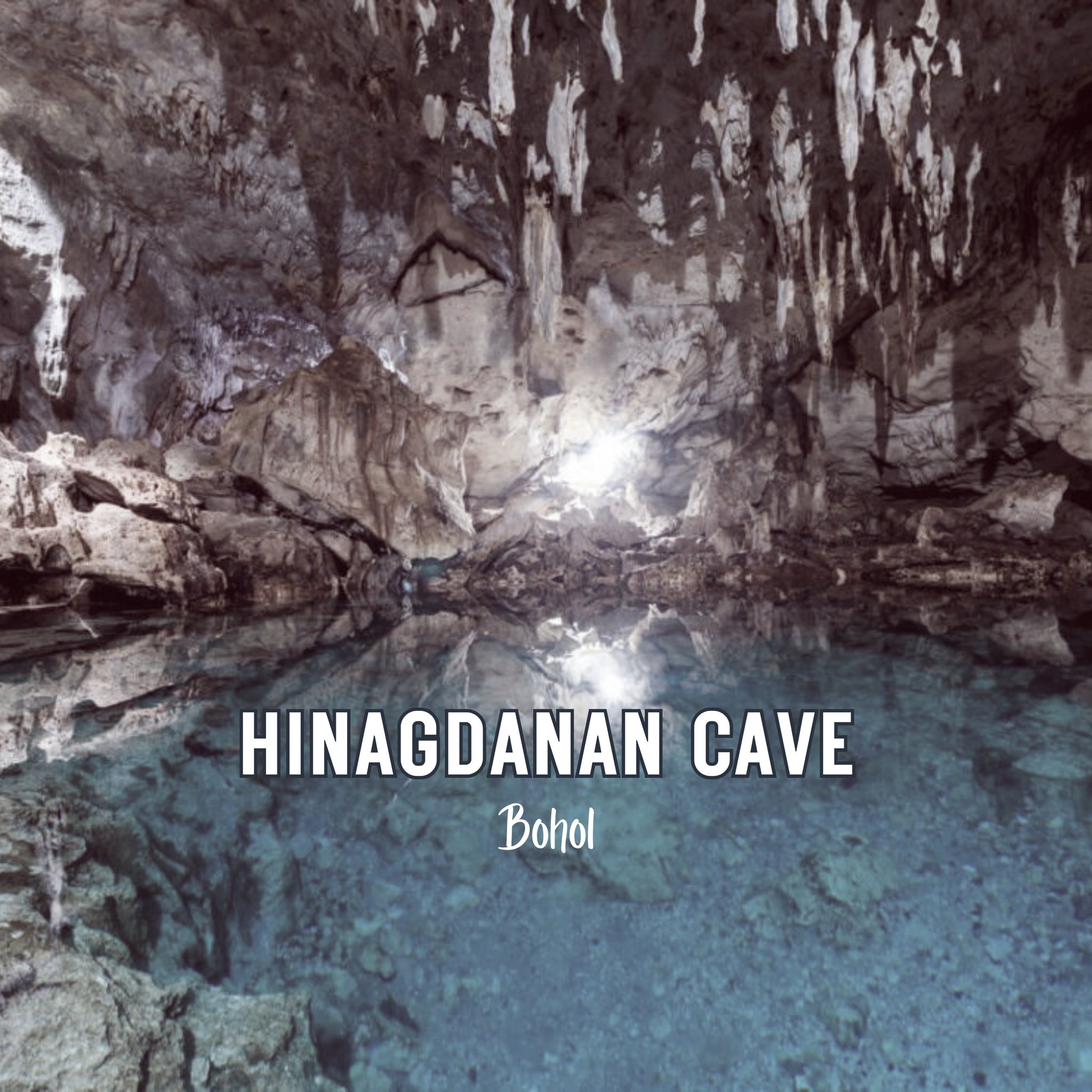
This limestone cave’s hidden pool was discovered when a farmer dropped stones through a hole (“hinagdanan”). Japanese soldiers drowned prisoners here in WWII, and their trapped spirits surface as shadowy ripples. Visitors report sudden cold spots and hands dragging them underwater.
7. Colon Street (Cebu)
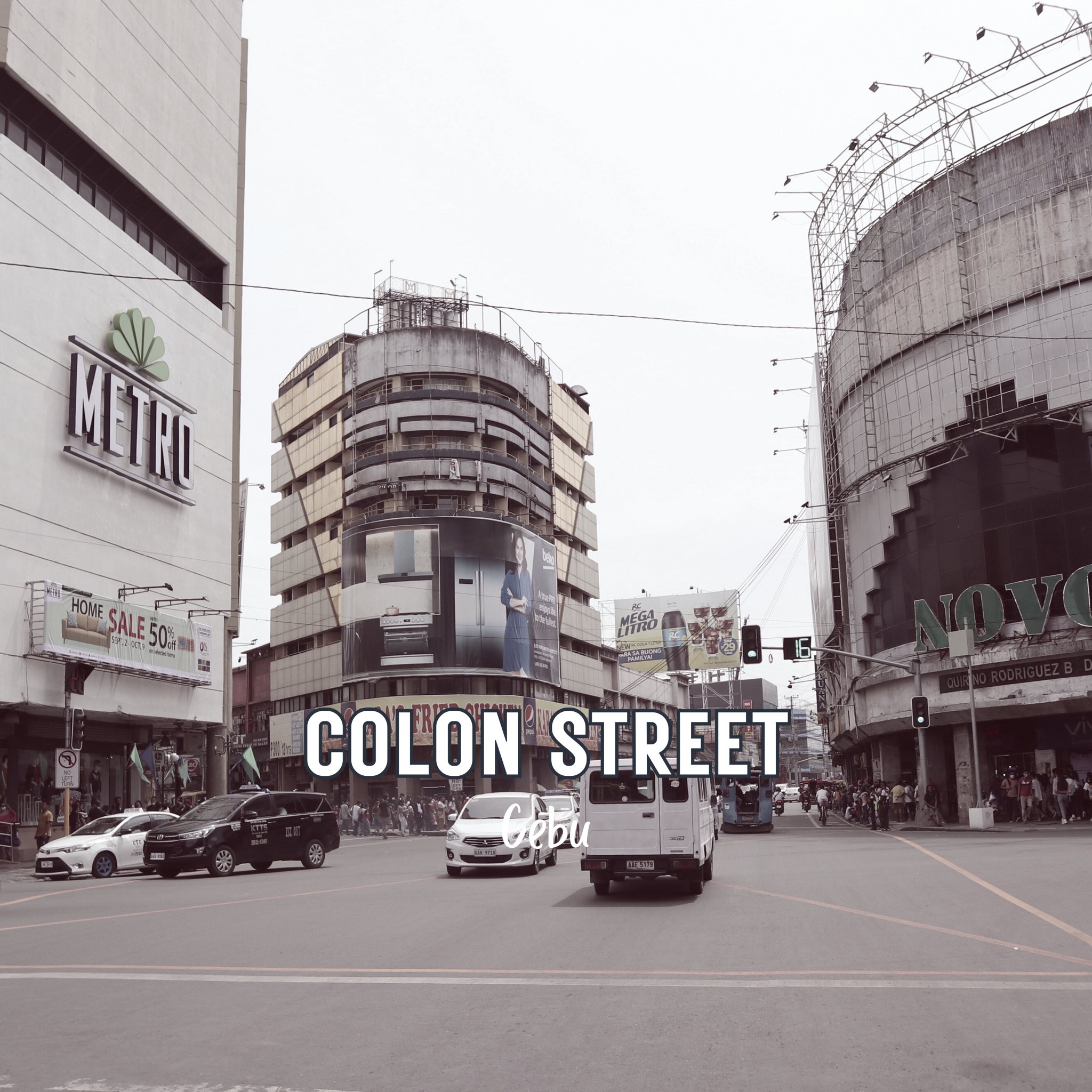
Asia’s oldest street (1565) thrived as a colonial hub but became a den of crime and poverty. After dark, engkanto (spirits) lure the unwary into alleys, and spectral aswang (shape-shifters) blend with crowds. Shopkeepers report items rearranged by invisible hands, and the ghost of a Spanish-era merchant haunts the decrepit Cine Oriente theater.
8. Guimbal National Highway (Iloilo)
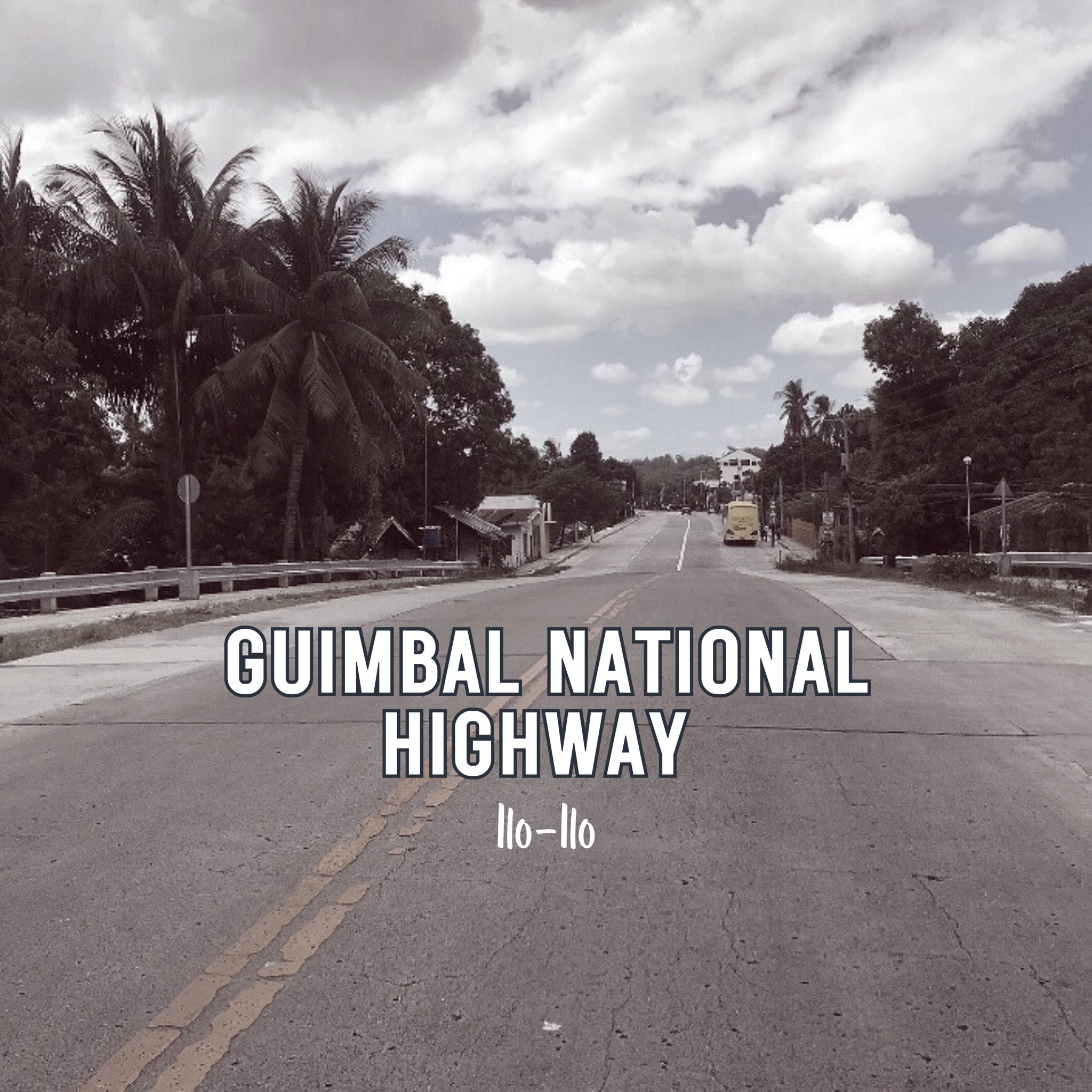
Named for the guimba drum used to warn of Moro raids, this coastal road sees phantom warriors dragging chains during full moons. Drivers swerve to avoid ghostly children chasing tabi-tabi (ritualistic) balls, and a “white lady” causes fatal crashes near the old watchtower ruins.
9. Museo Parian (1730 Jesuit House, Cebu)
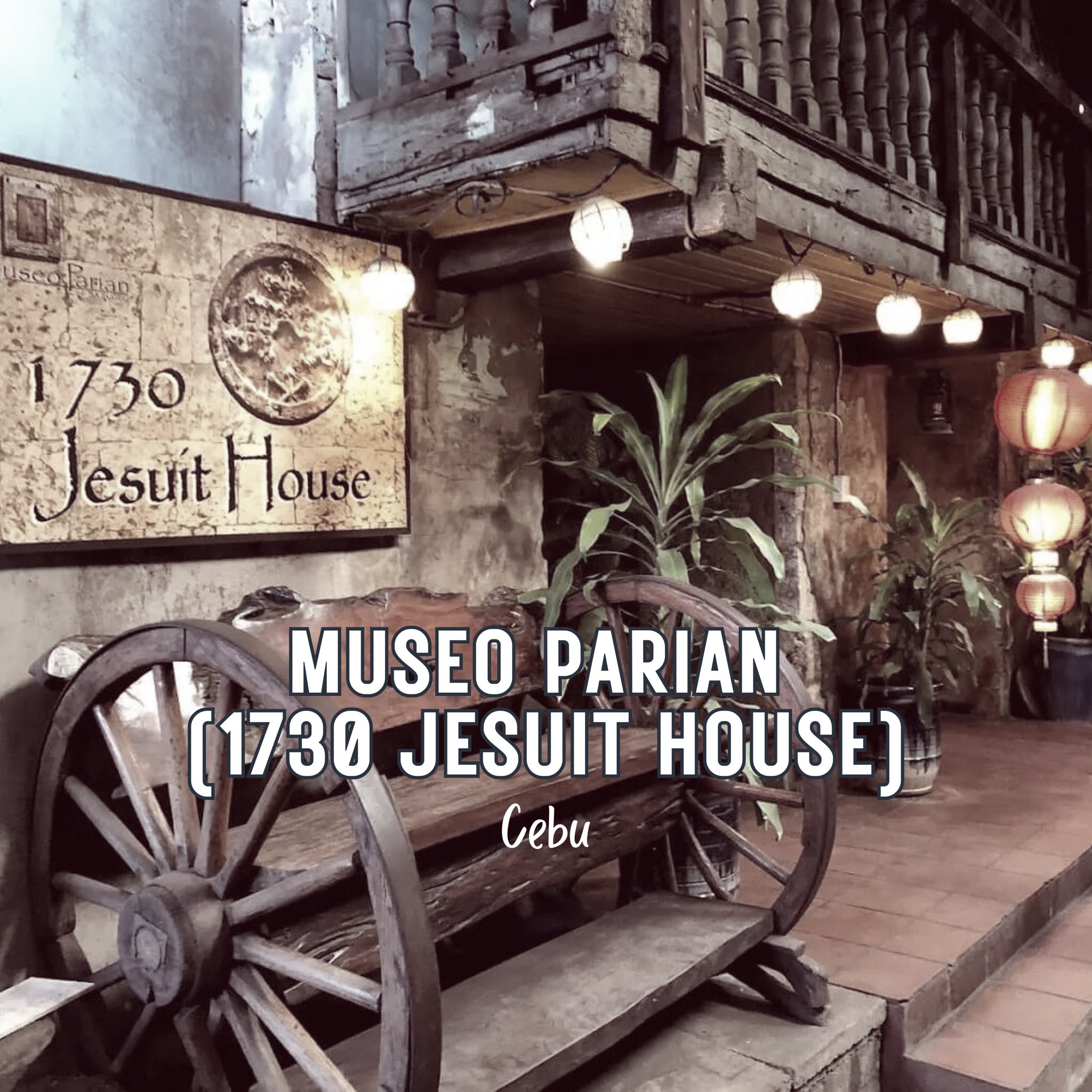
Jesuits used this 1730 house as a base before their 1768 expulsion. During restoration, workers found human bones beneath rotten posts—victims of colonial-era punishments. Visitors feel icy touches in the kitchen, and the ghost of Padre Repetti (linked to its rediscovery) appears in the archives
10. Carcar City (Cebu)
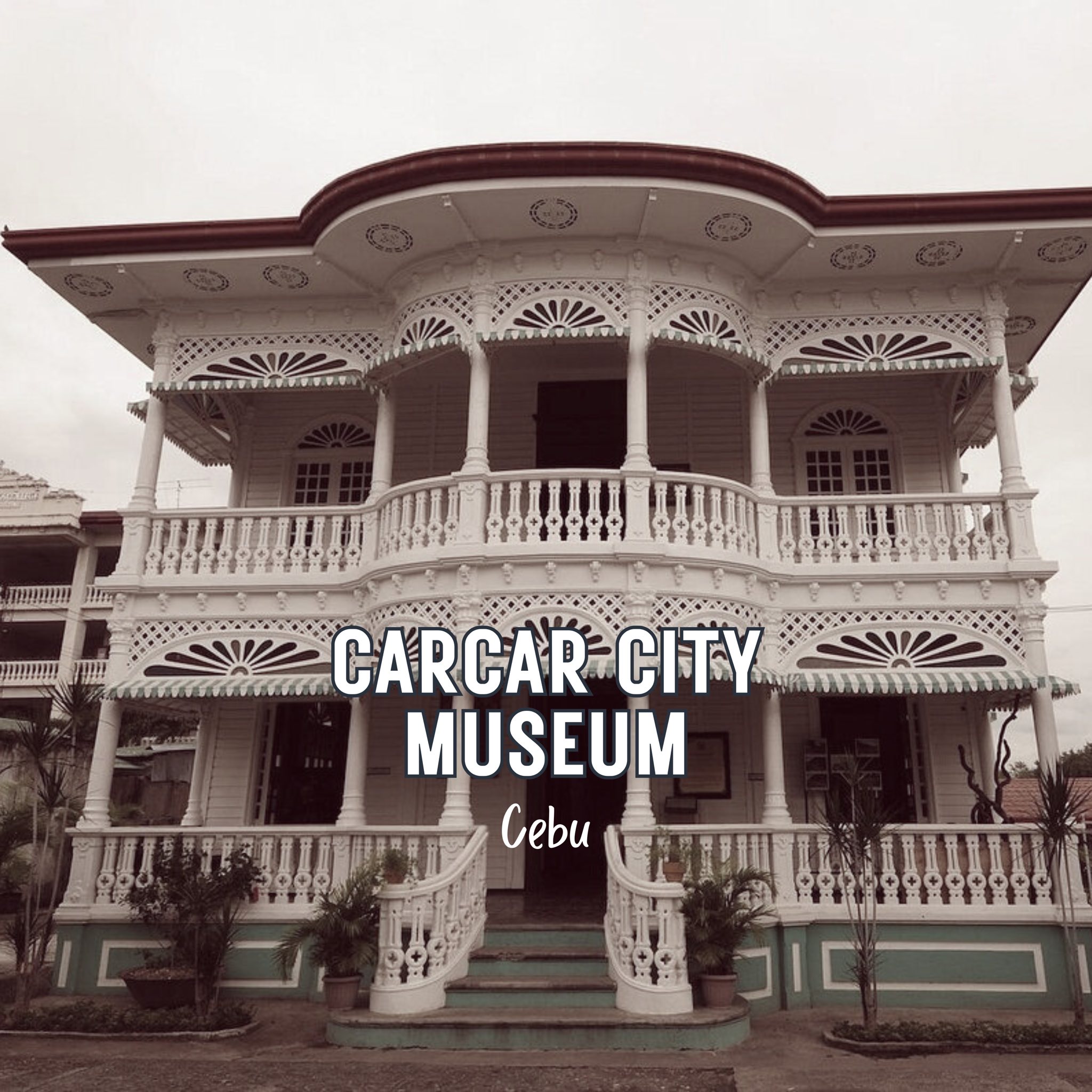
A WWII-era dispensary turned torture site, where Japanese soldiers drowned Filipinos in its swimming pool. Paranormal investigators recorded a spirit named “Juana” weeping in the upstairs room. Volunteers report cabinets slamming and medical tools moving on their own
Kamo mga bai, asa ang mga lugar nga hadlok na ninyong naadtuan?


